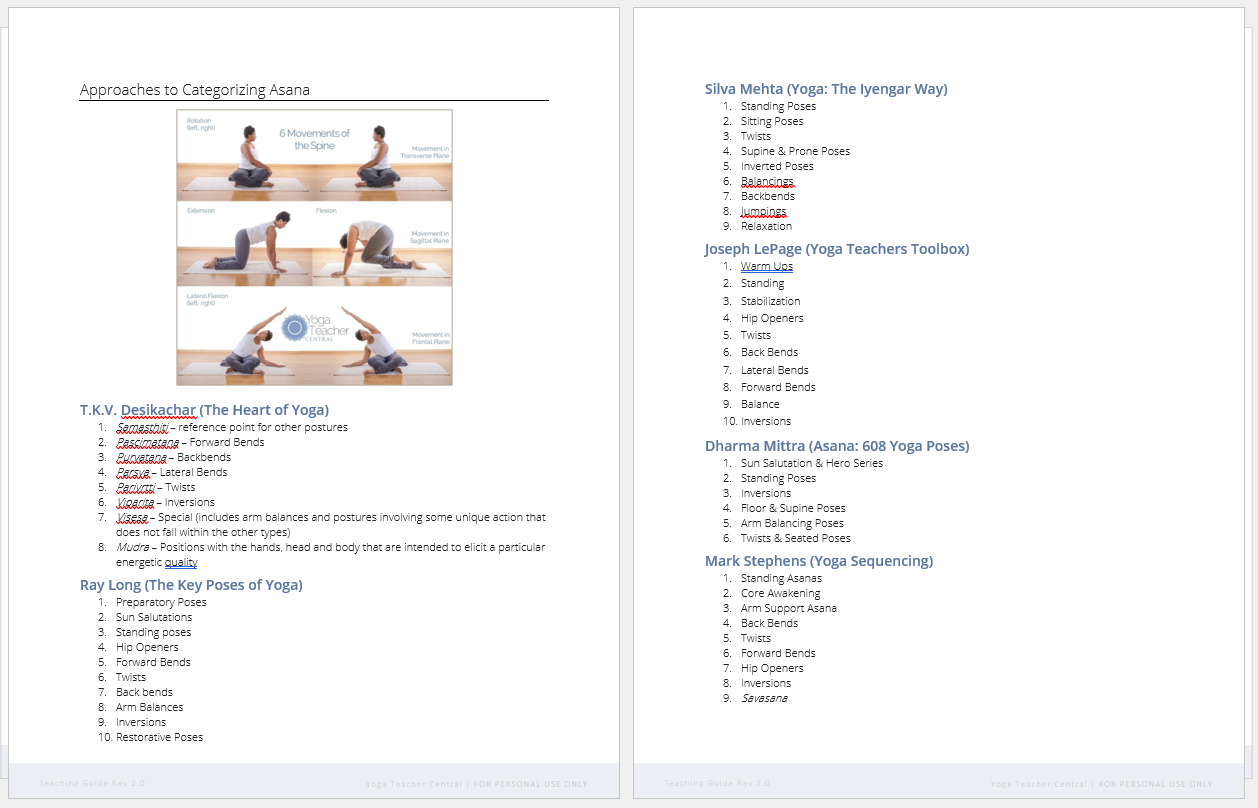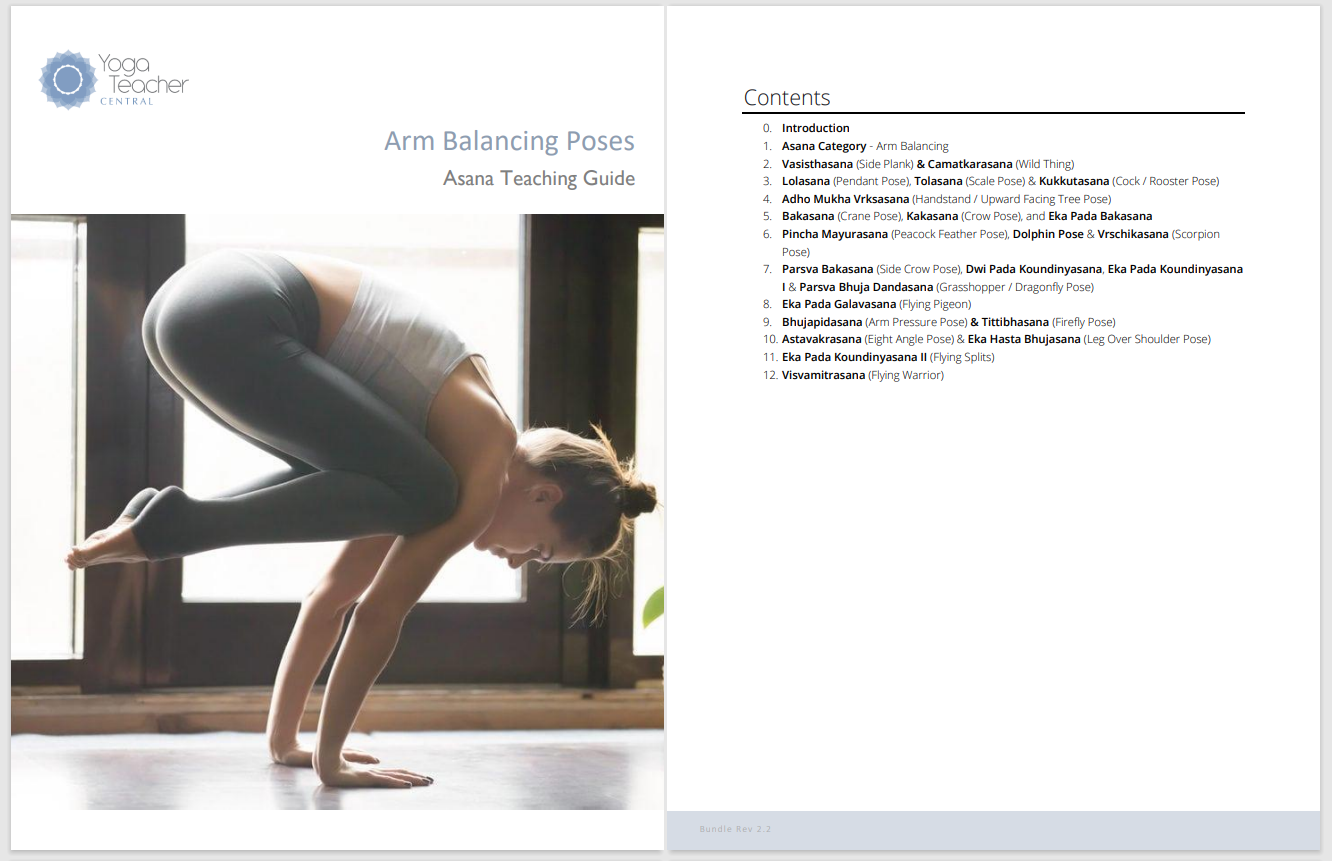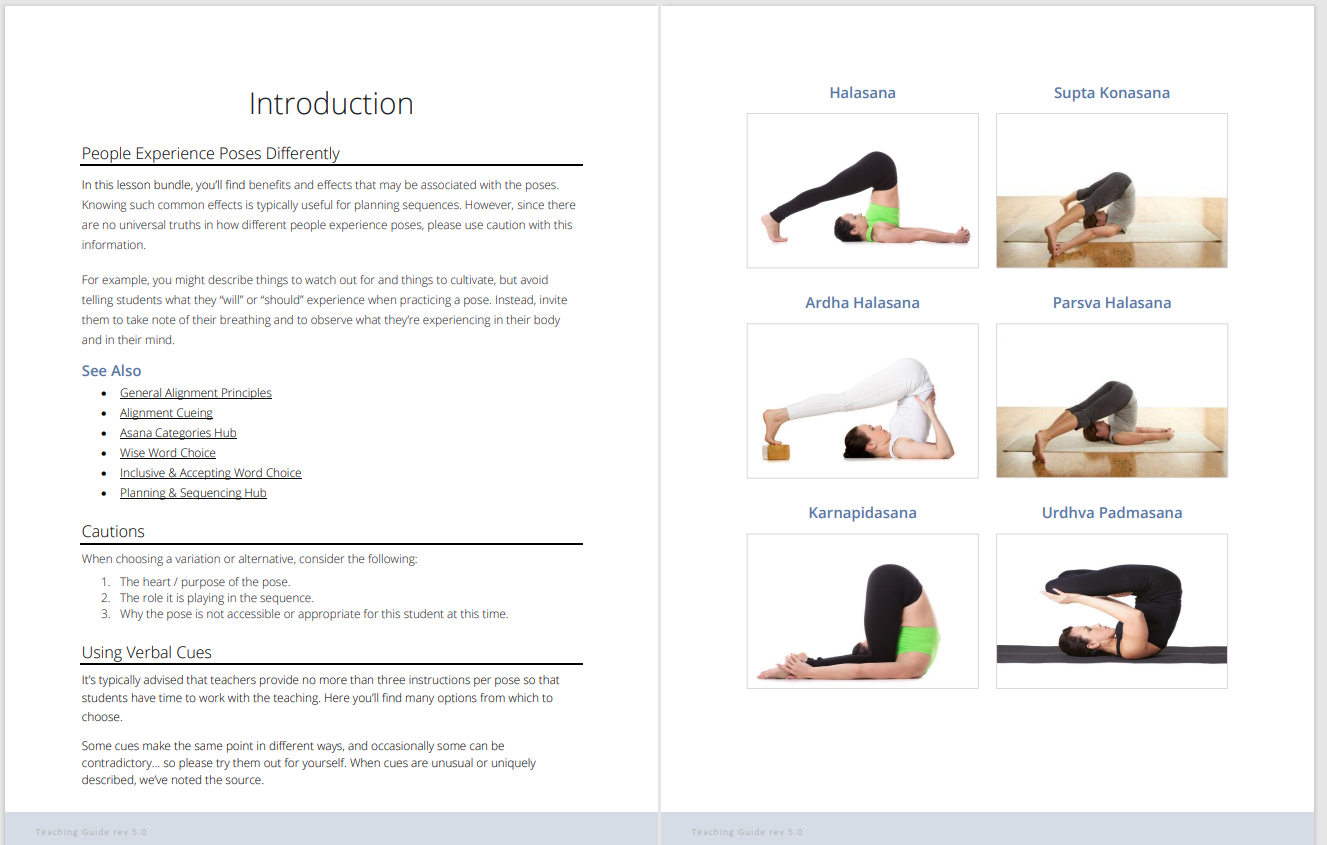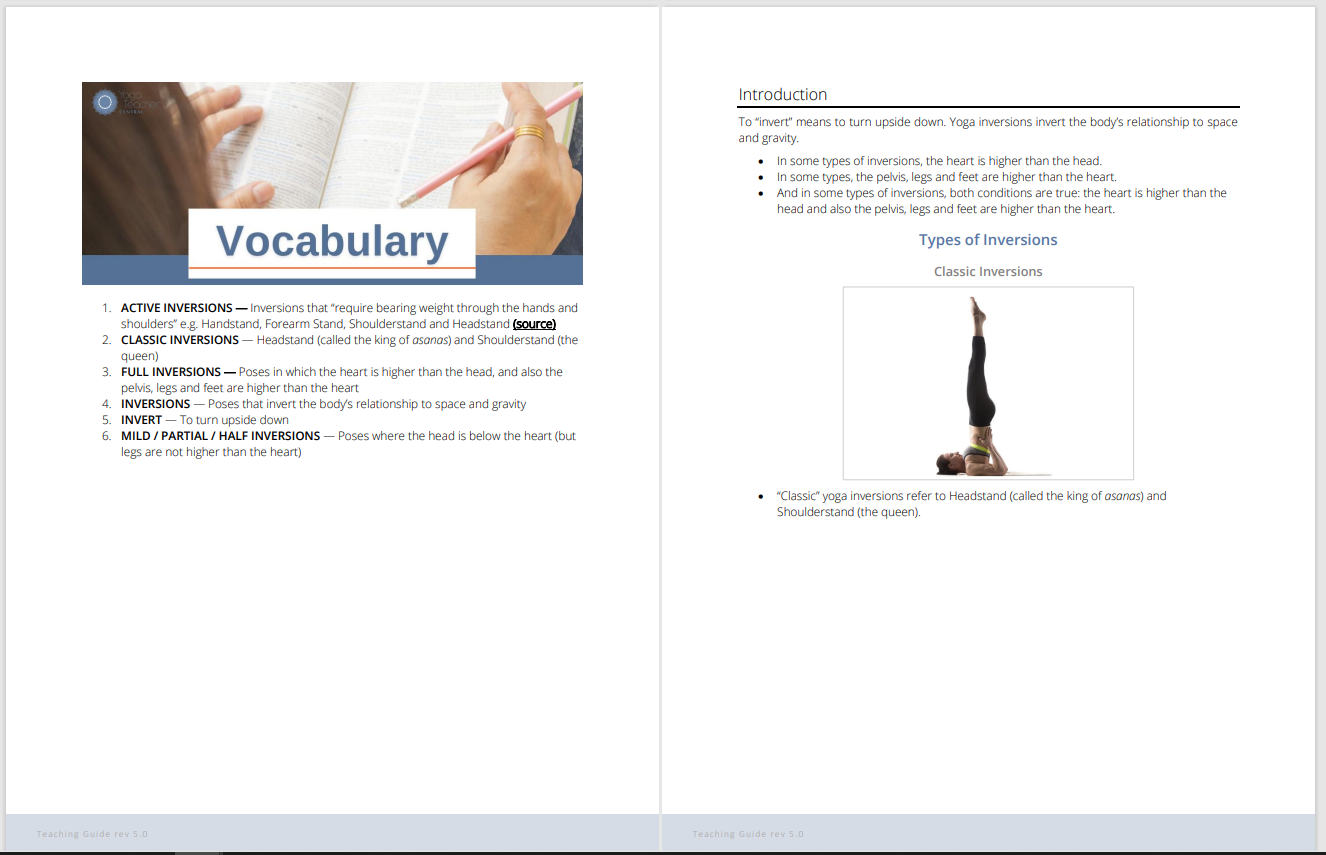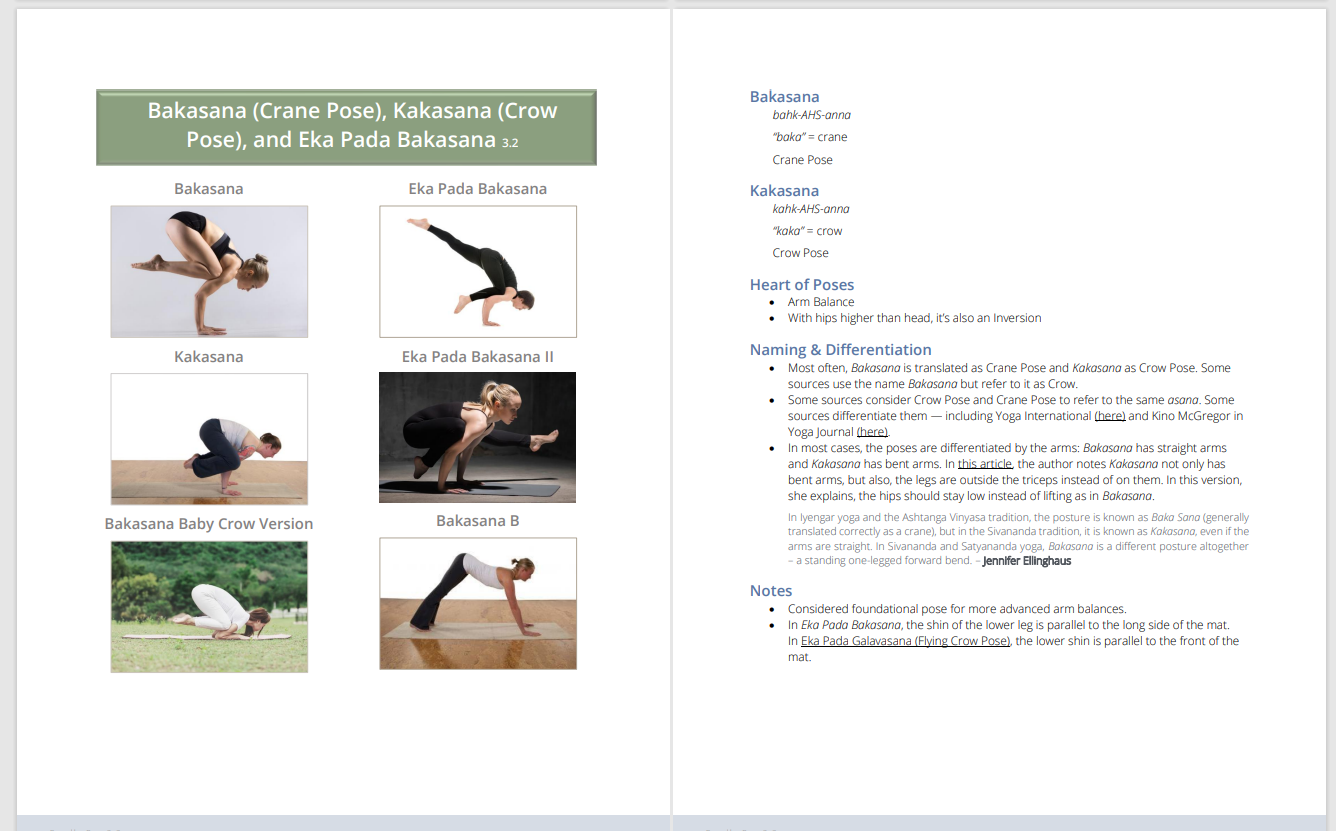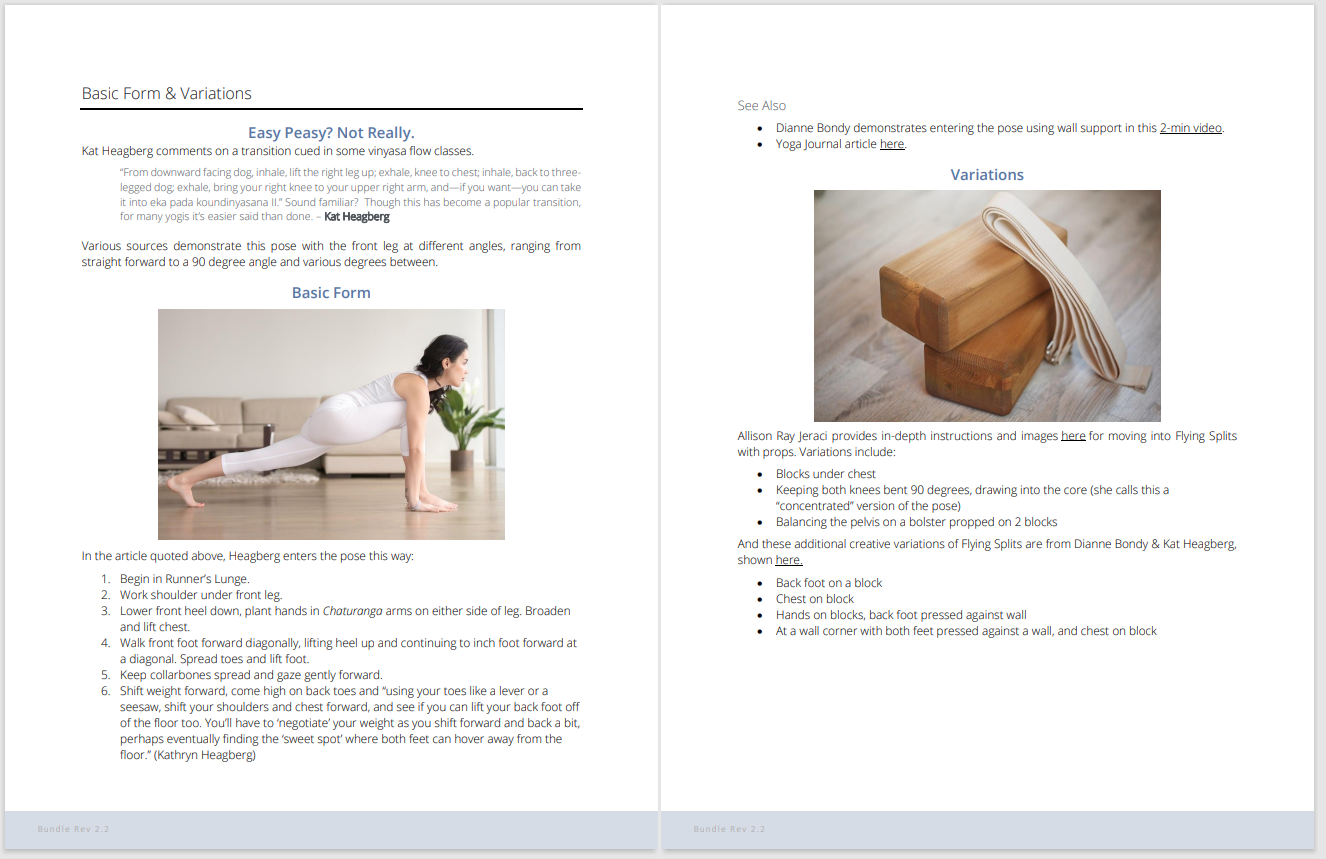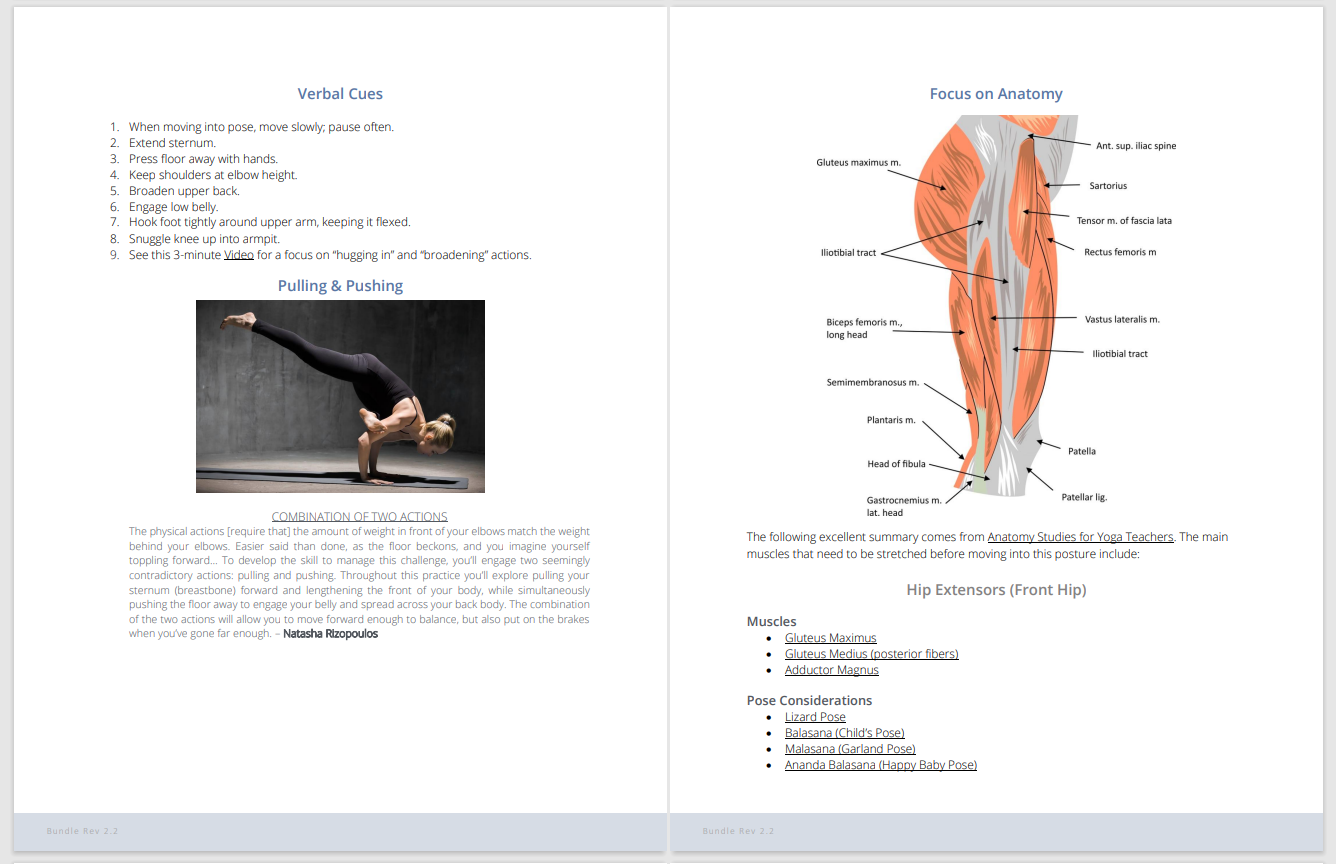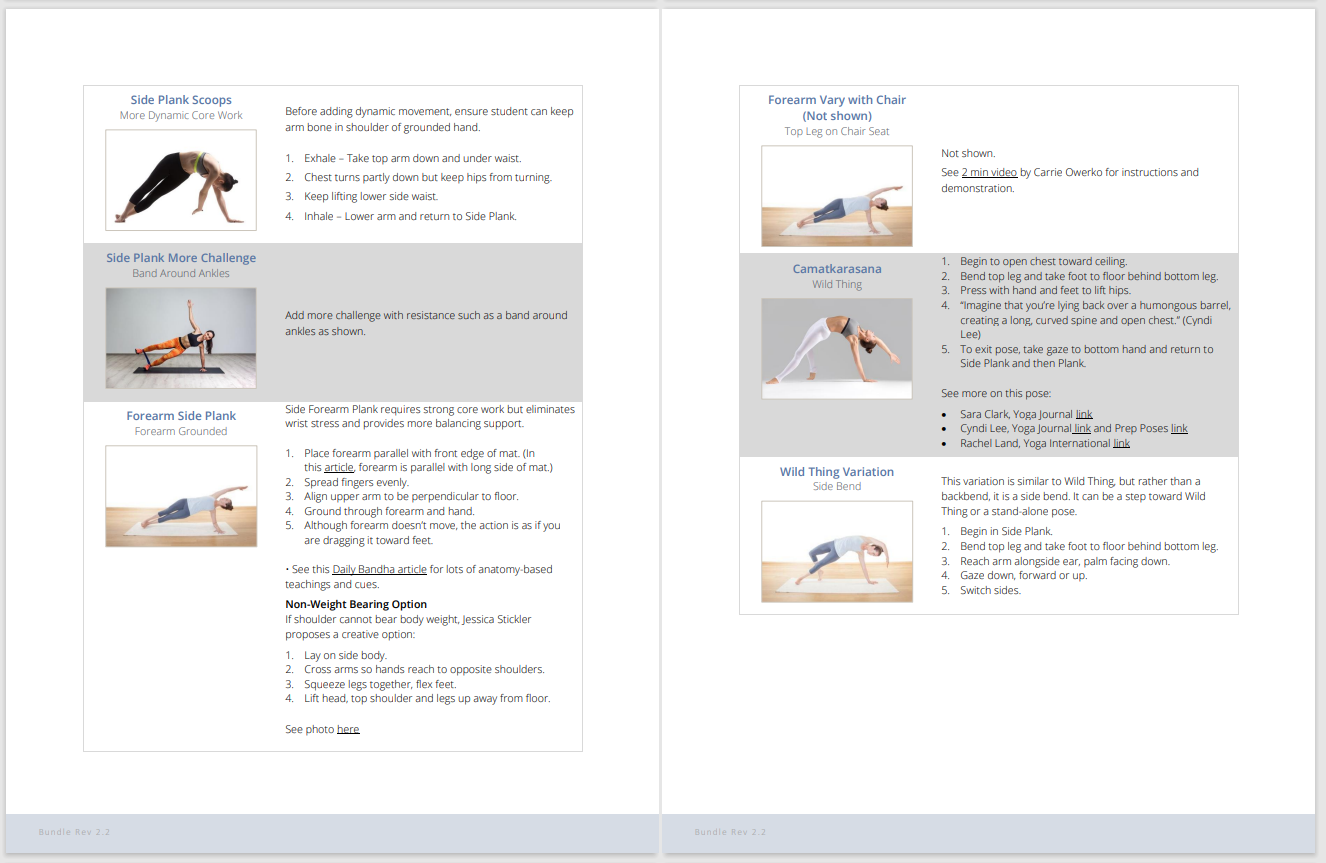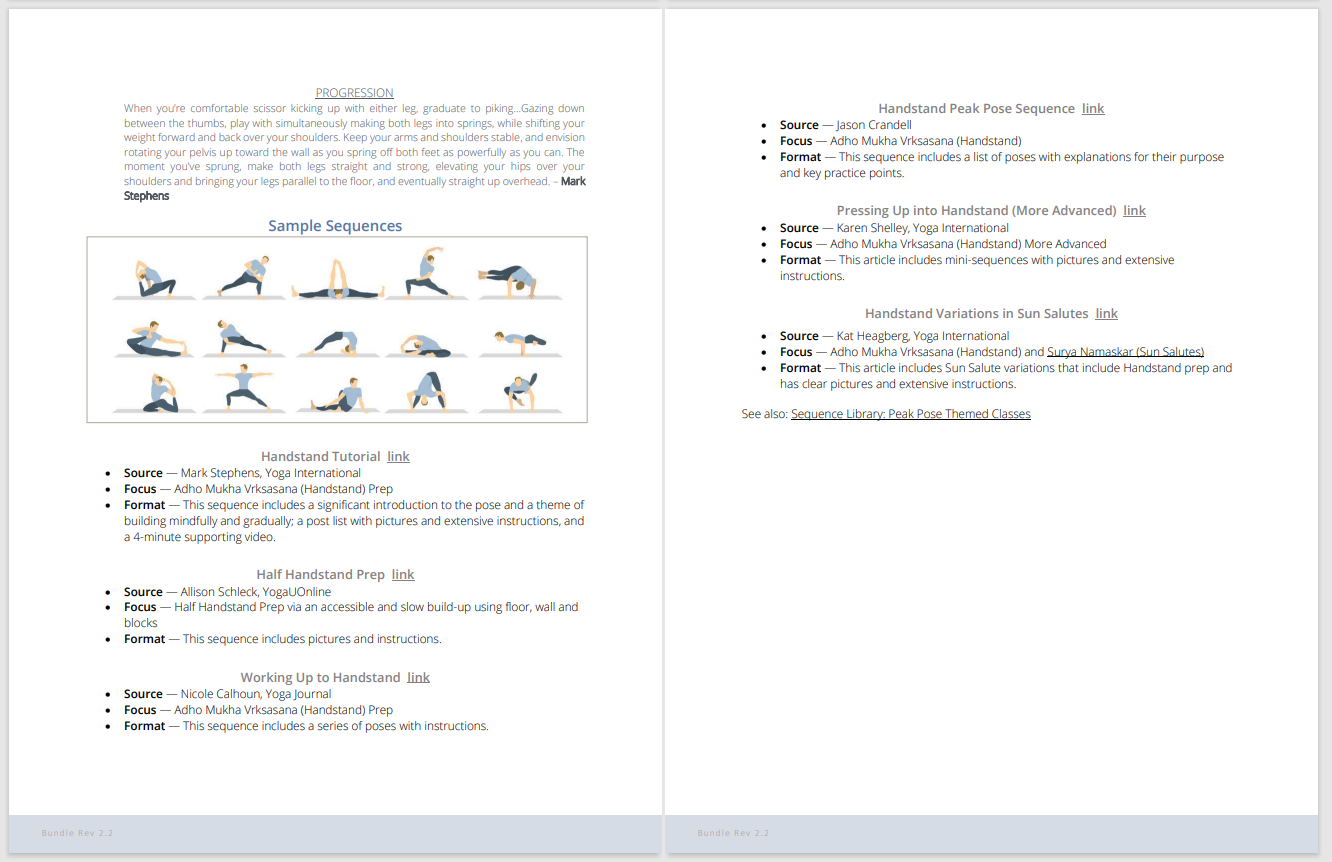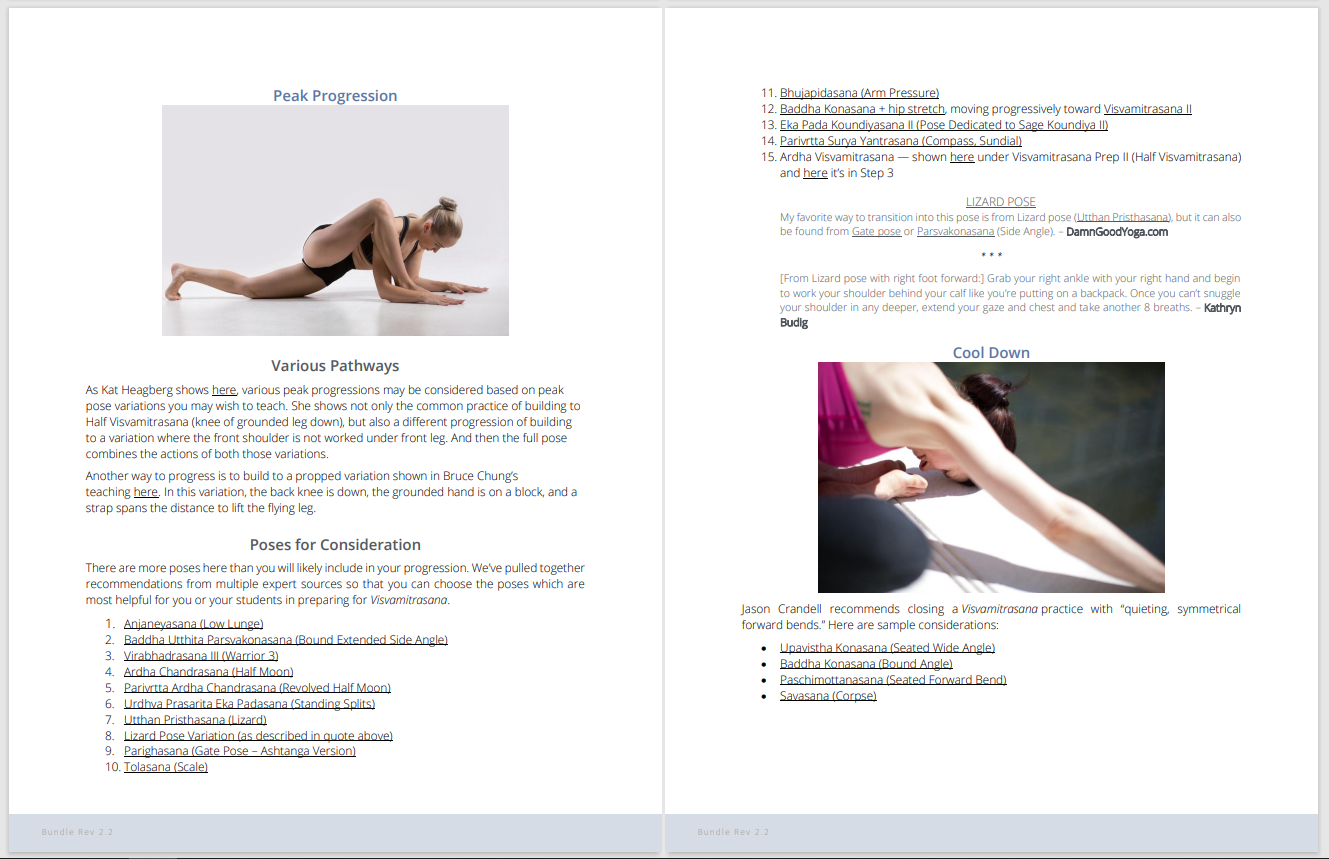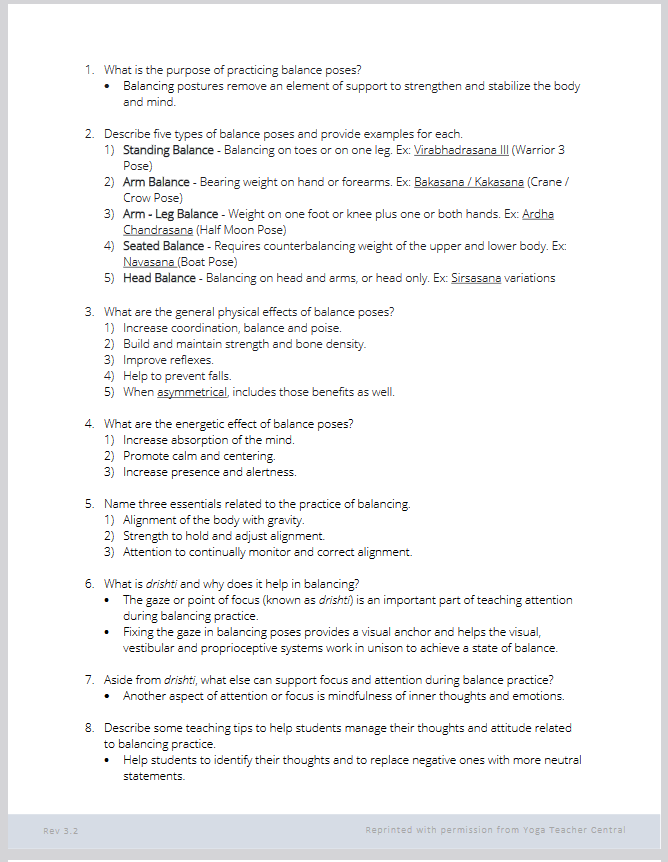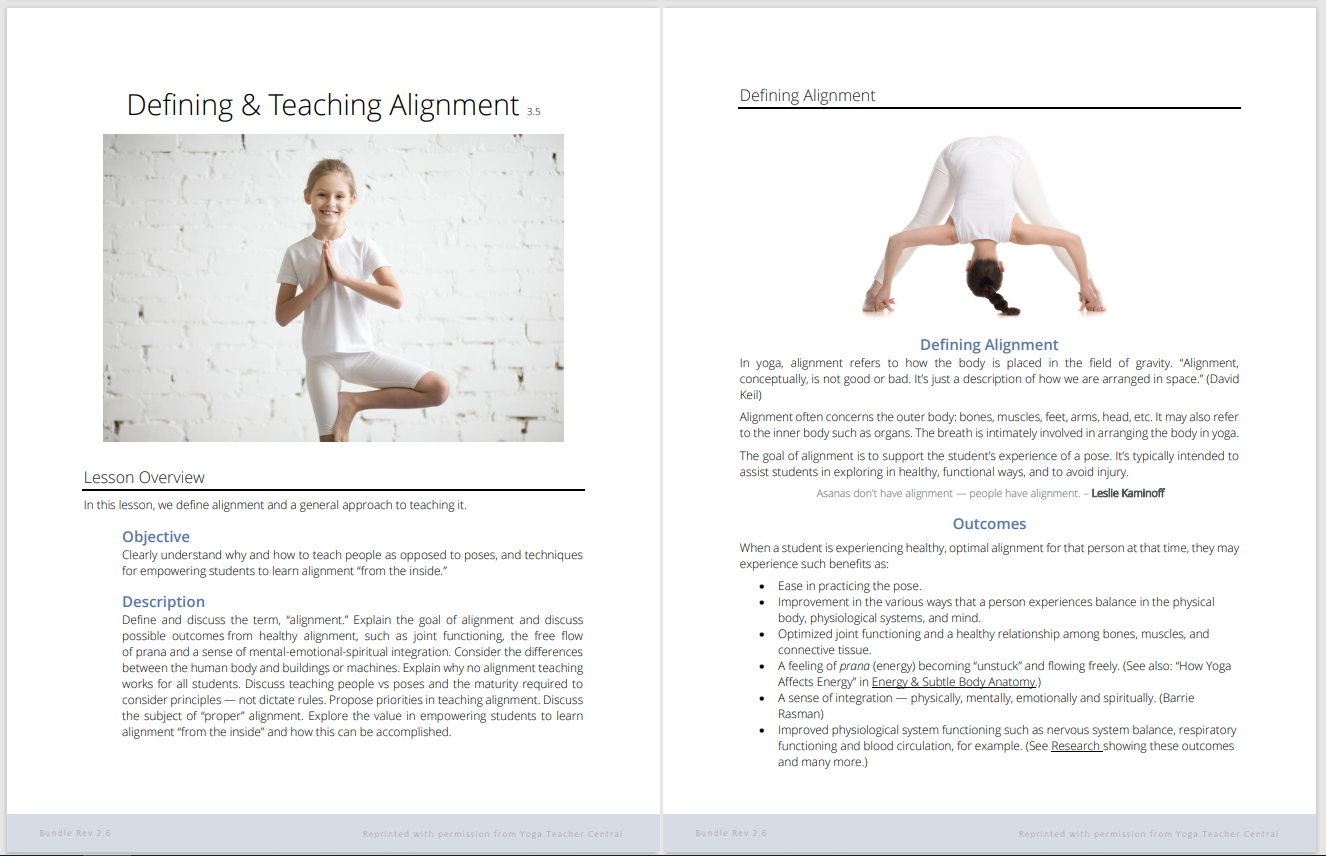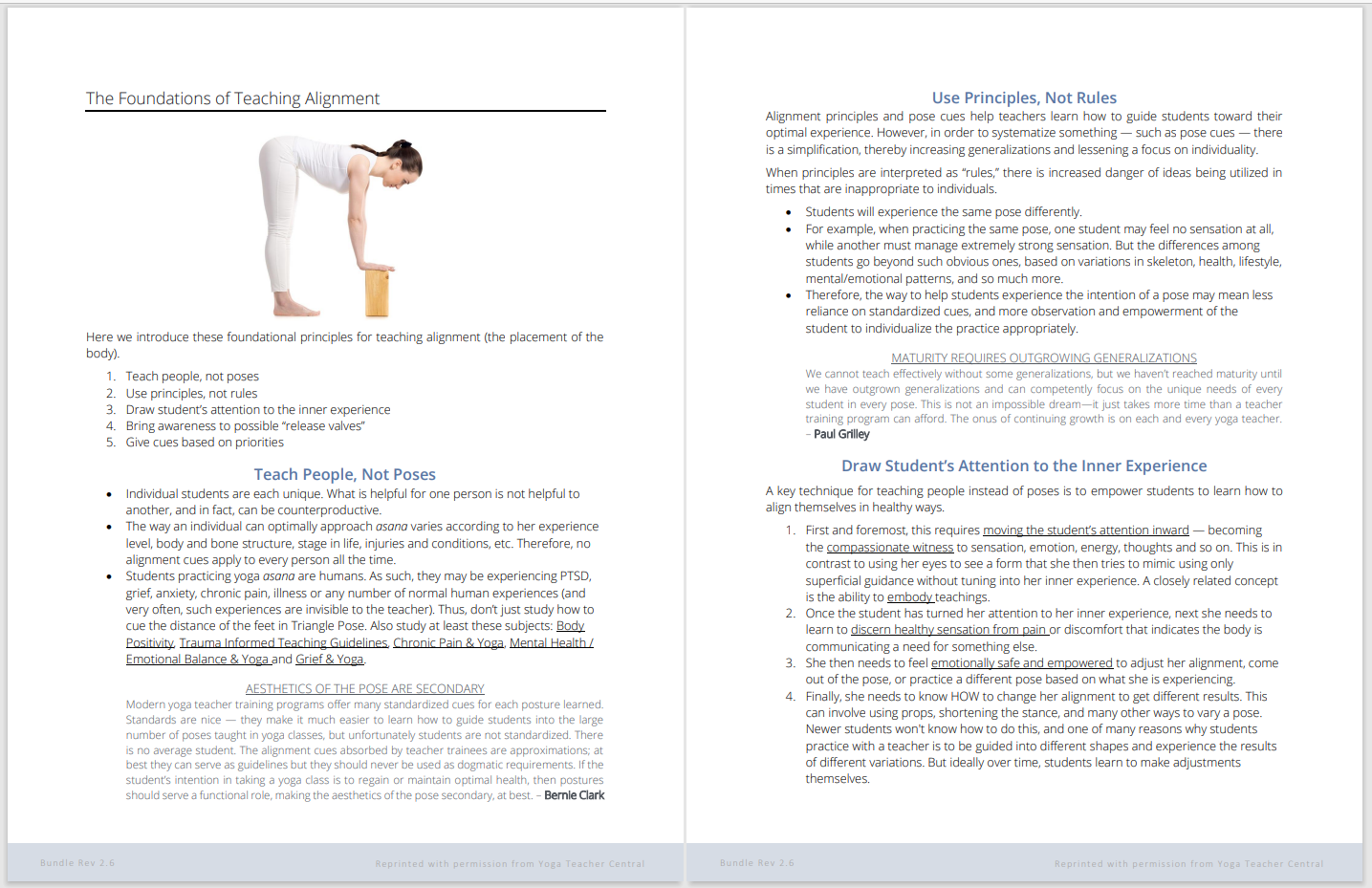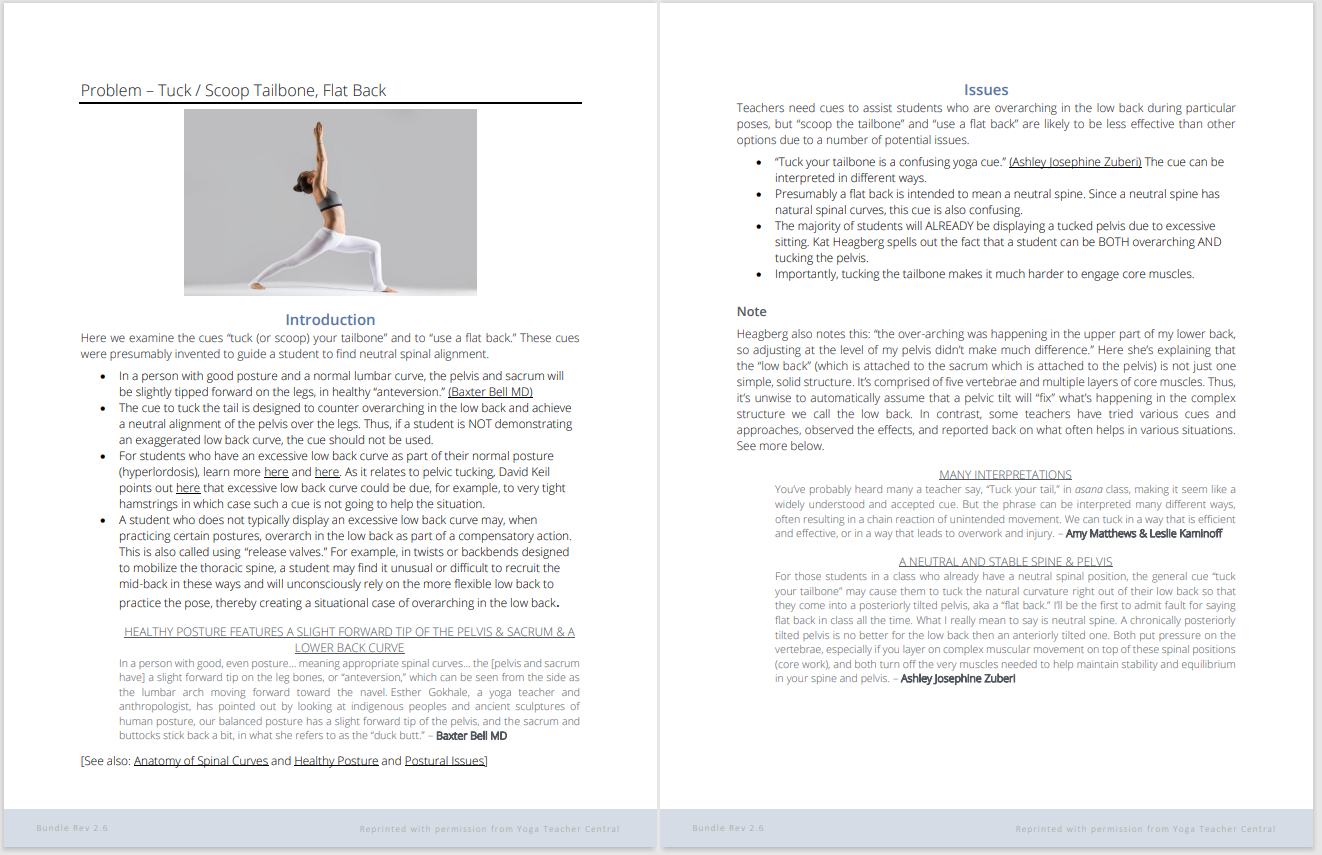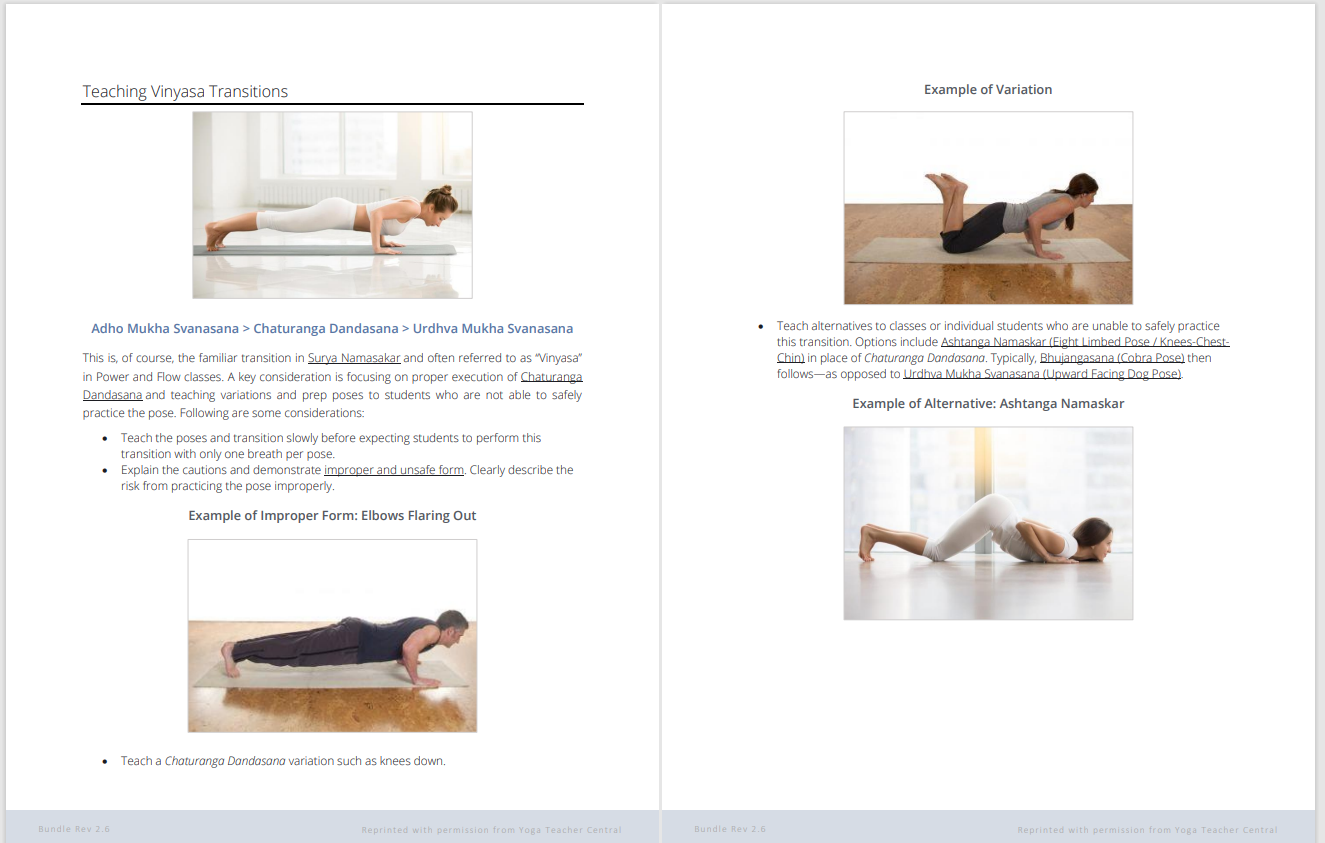
 Planning Workshops, Series & Other Events
Planning Workshops, Series & Other EventsPlanning ahead of time can bring benefits not possible when you’re doing it all “on the fly.” For example:
When your plans are for more than an individual class, you get additional benefits. When you’re planning a workshop, a series of classes, a Wellness Circle (info below), or other event, you’ll have these opportunities:
We offer support for creating a plan to progressively cover a topic through a series of classes or workshops. The classes can be tied together based on a philosophy or anatomy topic, an asana category, yoga tool such as pranayama, or many other themes.
Any topic you choose should, of course, be one that you have experience with.
Need a bit more confidence or support? Partner with someone who has complementary skills. By coming at the subject from different angles, and with different approaches and styles, you can feel more comfortable and you’re also more able to appeal to a wider range of students.
We have broken down each topic into a relatively large number of sub-topics so that you can easily choose to cover each individually or to combine them. For instance, you can focus the first class of a series on an Introduction or Overview or you can combine the Introduction with the next sub-topic for your first class. For example, you can cover the Yamas and Niyamas in 10 or fewer classes, or you can feature them in 12 or more classes by including an introduction to the Sutras or Eight Limbs, or by creating a class not only for each of the last three Niyamas but also one on Kriya Yoga, for instance.

As an adjunct or alternative to workshops, consider leading Wellness Circles.
You are welcome to call such gatherings any name that resonates for you; we offer the name, Wellness Circle, to invite a holistic, open approach to health and wellness, and to encourage a sense of equality and mutual support among participants.
You might find that such an approach lessens any pressure you may feel to be an all-knowing “expert” in order to lead groups. You can feel more free to be a guide and mentor as you feel called, while also encouraging active engagement in a mutual endeavor.
In this approach, you set a tone that invites participation via a structured process. Participants come to experience that community members sharing with each other can be extremely helpful. If you’ve ever taught or attended a prenatal yoga class, for example, you may have encountered such an approach. You might consider:

Teachers who reviewed the Anxiety & Yoga presentation (receiving no compensation of any sort) had these reactions:
Teacher #1
As a Psychologist and Yoga Teacher, I love your presentation! It feels like it’s not too basic but not too complicated either.
Teacher #2
Simply reading through it brought up a desire to theme a class with bits of this information or host a workshop to share all of it. The visuals are really beautiful, too. Very nice.
As a yoga teacher, you know that when people are practicing the right style of yoga for them, that the experience they have will be more valuable than any information could ever be. And yet, research and contextual information can lead to a critical, defining moment when a person takes an action that begins a series of events. Specifically, inspiring information can help them to:
Such information can prompt a person to give yoga (and other tools) a chance, to reach out and sign up for a workshop, to open up to others and seek more support, and to finally feel they’re receiving the support they need to make lifestyle changes.
The workshop toolkits give you the support and confidence to offer workshops, Wellness Circles or other events. In a nutshell, the toolkits give you:
We’ve invested the time, skill and care to create the toolkits so that you can just show up and be present*, knowing you have the support and confidence to offer workshops or other events that will help attendees experience success and tap into their precious wholeness.
*The phrase “just show up” is not to suggest the toolkit replaces the proficiency and capability that comes from years of practicing and teaching yoga. We’re saying that many teachers have the experience and knowledge to help more people, but need more accessible teaching support to feel ready to specifically invite those experiencing such conditions as anxiety, chronic pain, arthritis and so on.
We want you to see for yourself that you have what you need to take the next step in supporting others in your community.
We’re offering a big discount on the Anxiety toolkit so as to, hopefully, inspire you to take the next step in planning your event. We believe the world needs you and the yoga tools you are prepared to share.
Use the following code for 50% off the Anxiety and Yoga toolkit in the store.

The world needs you to be sharing the inspirational teachings that you love to share! And by doing this through workshops, you can secure student pre-registration and more revenue.
We strive to save your planning time so that you can go deeper into the areas where you add the most value.
Need a bit more confidence or support? Partner with someone who has complementary skills. By coming at the subject from different angles, and with different approaches and styles, you can feel more comfortable and you’re also more able to appeal to a wider range of students.

See our member lesson for structured outlines for more than 20 different workshop themes.
Each series can last anywhere from 4 to 12 weeks, and we include quick links to teaching content. Examples include Yamas & Niyamas, Seasonal Yoga, Energy & Subtle Body Anatomy, Kleshas, Asana Categories, Strengthening, and many more.
We also offer affordable student handouts to support your workshops. (No membership needed.) Information below.

We offer professionally-designed student handouts for various series topics. The content is top-notch and will add value to your offering. You can use the strategic flow of the handouts to guide your workshop structure, or simply offer them as background to support in-class practice. Prices as low as $12 each, including rights to copy and distribute to your students.
See excerpts and a sample below, and find them all in the Store.
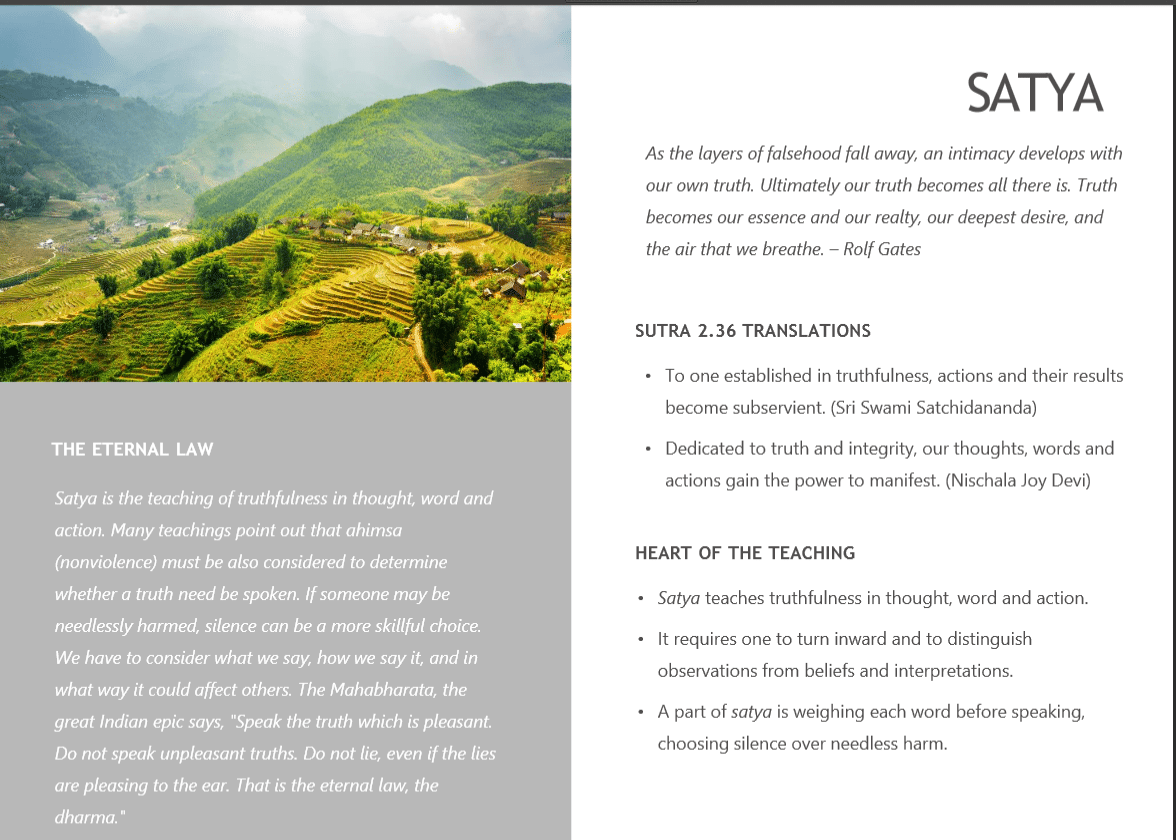
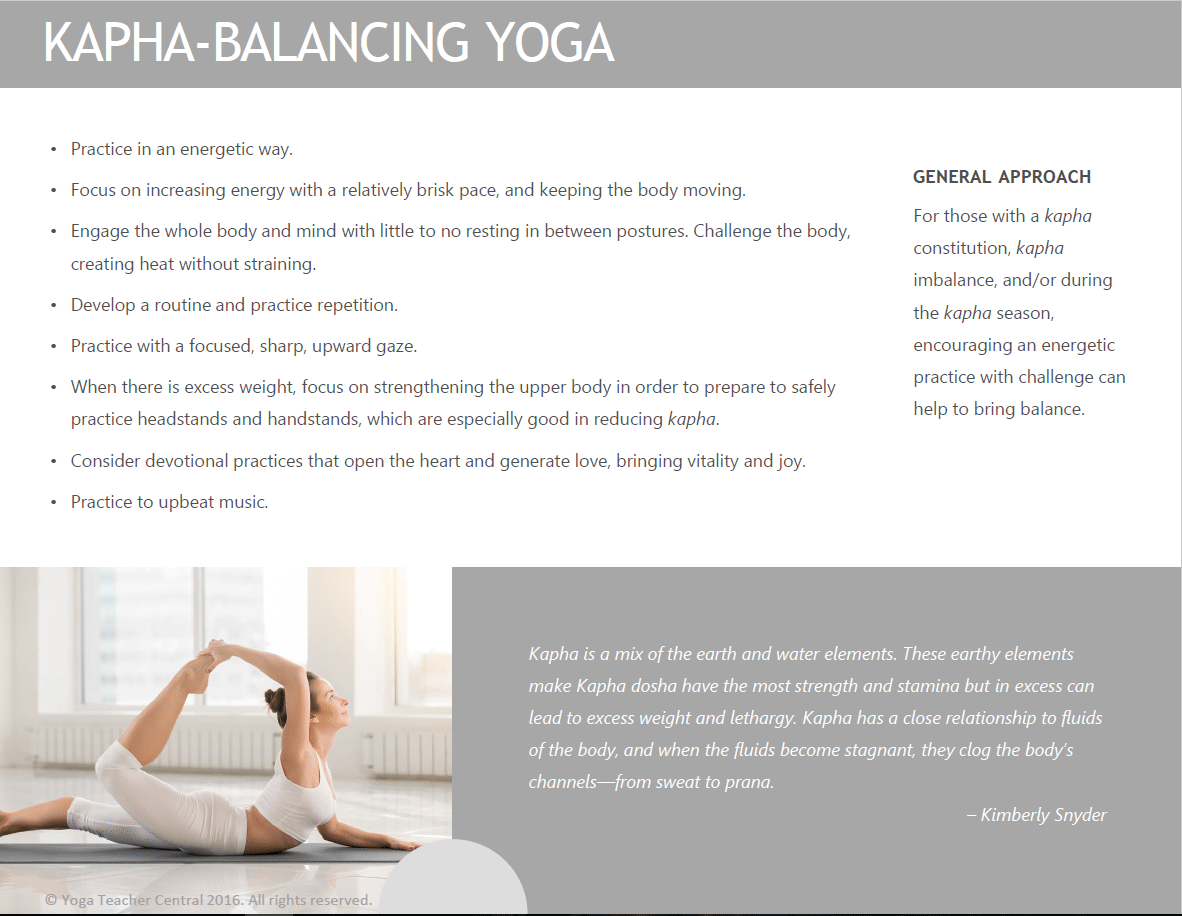


To see a complete Student Handout, click here:
Workshop Handout – Forward Bending
We think you’ll agree that it is:
Please let us know what you think and if there’s anything else you need.
Choose from the following series topics. Each bulleted item is a separate Student Handout. To see the content covered in each handout, go to the Store.
Asana Categories
- Forward Bending
- Backbending
- Twisting
- Core Strengthening
- Balancing
- Inversions
Ayurveda & Yoga
- Introduction
- Doshas
- Dosha-Balancing Asana
- Diet & Lifestyle
Eight Limbs
- Eight Limbs Introduction
- Yamas
- Niyamas
Stress & Yoga
- Nervous System
- Yoga for Stress Reduction
- Breathing Practices
- Yoga Nidra
Surya Namaskar
- Overview
- Asana & Sequences
- Alignment & Devotional Practices
- Variations
With this 3-minute slide show, we hope you’ll get a sense for how uniquely powerful the Asana Teaching Guides are in offering truly valuable support in your lifelong quest to optimize teachings for all students.
Asana Teaching Guides (available in the Store) can serve as a life-long teaching resource. The guides are precisely organized PDFs that give you quick and comprehensive reference for teaching, cueing, sequencing and adapting poses. They include pictures of dozens of variations with instructions.
The following samples are excerpted from MULTIPLE, DIFFERENT guides in order to give you a sense for the scope, structure, precision and quality of the materials.
